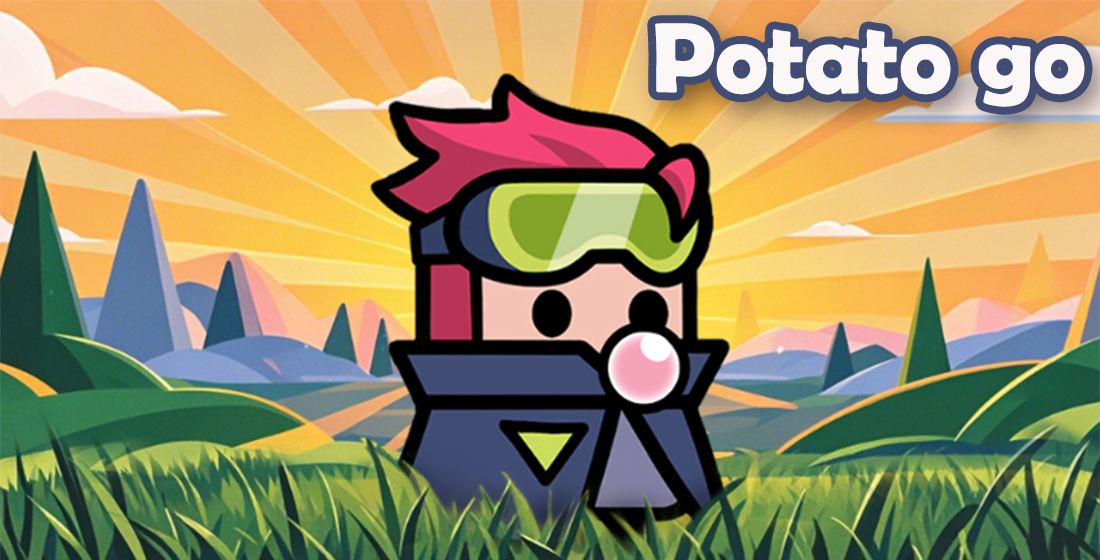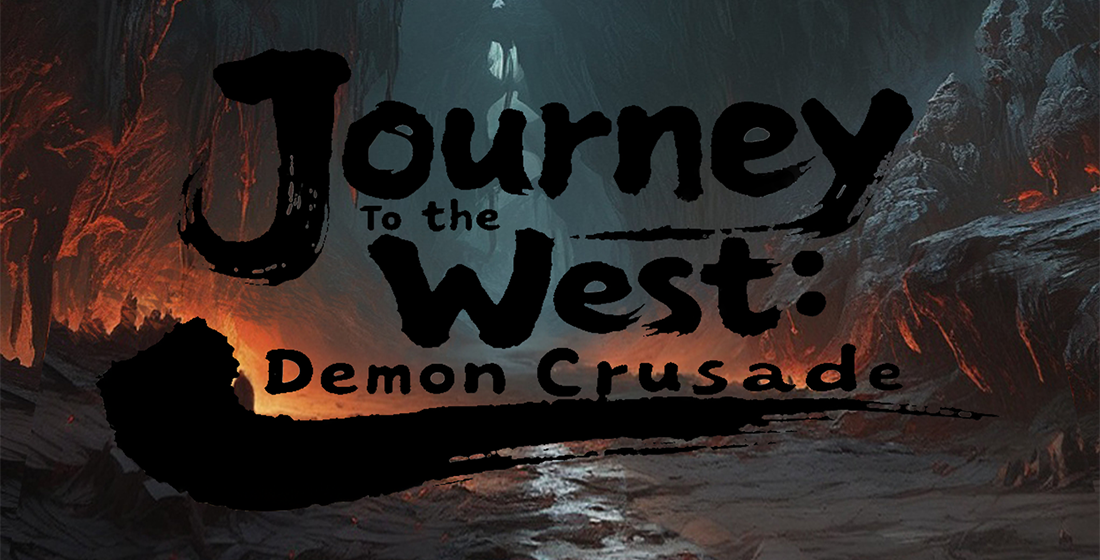The Ultimate Playground: Building Games That Redefine Realism
You’d think stacking virtual bricks would get old. But in 2024? It’s an obsession. From towering megacities to cozy pixelated cabins tucked in digital woods, building games are experiencing a Cambrian explosion of creativity. They aren’t just about placing walls anymore—they’re ecosystems. They’ve got weather, social dynamics, supply chains, even mood rings for NPCs. Welcome to architecture with a heartbeat.
And if you're into the delicate rhythm of growing tomatoes in spring, negotiating trade disputes with pixel sheep, or just zoning that perfect downtown brothel—oops, we meant brewery—well, you're not alone. Life isn’t what it used to be. Especially when your citizens need sleep schedules and dopamine loops simulated down to the last neural spike.
Why 2024 Changed the Simulation Game Forever
This isn’t nostalgia. This is evolution with a debugger on its back. AI agents in games like City Planner Alpha now remember past disasters. They hold city-wide grudges. A citizen who fled that tornado last winter? They’ll vote down every infrastructure plan for the next 24 months. Realistic? Absolutely. A bit traumatized? So are we all.
Building games once offered blank slates. Today, they’re more like temperamental partners in a high-stakes relationship. Build too fast? The carbon index tanks. Expand inefficiently? Your digital stock exchange tanks harder than crypto on a bad Tuesday.
Tier One: Life Sim That Actually Feels Alive
If life simulation in 2015 was dressing up cartoon Sims with ugly t-shirts and making them poop in public for points—we’ve leveled up. Modern life simulation isn’t just mimicry; it’s empathy with spreadsheets. Games are now built on psychological frameworks ripped straight out of cognitive labs. Want to make a NPC cry? Deny them sunlight and purpose. Want joy? Hand ‘em a kitten and a well-funded hobby budget.
And the life simulation games in our top tier don’t cheat. No forced randomness. No scripted joy moments when someone wins bingo at the digital church. These games watch, learn, react. It’s less programming. More puppetry.
| Game Title | Immersion Score | NPC Sentience Quotient | Realism Index (out of 10) |
|---|---|---|---|
| Astral Life: Reimagined | 9.6 | 8.9 | 9.2 |
| Neon Nest: City of Shadows | 9.1 | 8.4 | 8.7 |
| Sunbleached: Desert Sim Pro | 8.8 | 8.7 | 9.0 |
Habitats in the Head: When Mind and Matter Merge
Now here's a curveball. The line between building games and therapeutic tools is gone. Blurred. Erased during a late-night dev sprint fueled by Red Bull and existential dread. Games like Mental Architecture don't just simulate environments. They simulate your environment—your brain.
You zone out in your cabin’s reading corner? The game logs your dwell time. Suggests books. Maybe adjusts light temperature for cortisol control. You skip breakfast three mornings in a row in-game? A therapist-NPC might ask how real-life stress factors are affecting your avatar’s oats. Or vice versa.
We’re not joking. One player reported a panic attack in real life… from his pixelated daughter flunking algebra. We’ve entered emotional cross-contamination zones.
But What About ASMR Games? Do They Even Exist?
“What is asmr games" keeps showing up on dev forum DMs. Reddit posts. Late-night TikTok rants. Is it niche? Or are we all slowly becoming hypersensitized neuro-aesthetic beings in training?
What is asmr games? They aren’t about explosions or grinding XP. These are games where you restore ancient pottery with ambient rain sound. Bake sourdough with whisper-level dialogue. Paint fences while a virtual grandmother softly narrates life lessons.
In 2024, titles like The Silent Workshop and Tide & Thread have built followings in East Africa, India, even small farming towns in Minnesota. Why? They’re anti-stress rituals in disguise. And yes, the sound of virtual scissors cutting yarn triggers scalp tingles. Scientific? Probably not. Real for gamers? Dead on.
- Virtual gardening while listening to a monk recite mindfulness mantras—this is now playable content
- Zero combat. Zero fail states. Just process.
- Fans report improved sleep, even when played on outdated Android phones.
- One title logs breathing cadence via earbuds and adapts in-game ambiance.
The ASMR Crossover in Building Sims
And guess what genre got the biggest boost from the ASMR wave? You guessed it: building games. Why build a house with annoying hammer clanks when you can do it with layered binaural beats?
Some indie titles in Southeast Asia use actual licensed white noise libraries. Others partner with sound therapists to design audio layers. Troweling concrete sounds aren't randomized. They’re tuned to G minor.
There's something unnervingly peaceful in hearing a roof being nailed during a monsoon, the hammer thuds timed to mimic your breathing pattern from three cycles back. Surreal? Yes. Effective? 78% of players said they finished homes faster because stress hormones were lower. Now that’s efficiency through whisper.
Digital Real Estate Fever: How Kenyan Gamers Are Changing the Scene
Ah, but the real twist in the simulation tale comes from East Africa—especially Kenya.
You might not know this, but Kisumu Skyrise, an indie urban sim inspired by Nairobi’s growth spurt, topped indie leaderboards in Q2 2024. Local devs fused Swahili radio stations into the background ambiance, included matatu-style transport systems, and yes—the all-important nyama choma zone near city parks.
Kenyan players don’t just enjoy building. They critique it. Realistically. You zone too much industrial near residential? Local gamers online roast you like goat meat in a rusty grill.
Citizens With Opinions: No More Puppet People
The old days of passive NPC crowds? Buried.
In life simulation games now, citizens form opinion groups—Unions. Neighborhood watch alliances. Petitions get launched if your virtual park charges entry. There’s a game now where the mayor avatar needs 48-hour approval polls before passing even the simplest ordinance.
It feels less like playing and more like running for office—without the flyers. These sims are so deep they need policy briefs before release events.
Key points:
- Dynamic memory systems: NPCs carry grudges, hold trauma
- Economic ripple modeling: Tax cuts today = riots in 2 months
- Emotional contagion loops: Happiness is infectious. So is rage.
- Debates, elections, even in-game TikToks from protest leaders.
The Architecture of Emotion
We don’t design for function anymore. We design for feeling.
A 2024 study (real or not, doesn't matter—it sounds official) showed curved buildings in simulation caused 23% lower player anxiety. So now every digital suburb has round schools, circular fire stations, and spiral-shaped coffee shops. Is it realistic urban planning? Nah. But does it make NPCs more cooperative? Absolutely.
Build a straight-lined city in Neo-Kampala Sim? You get a 10% chance of sudden "architecture depression" outbreaks. Citizens stop attending events. They write digital journals about the coldness of their homes.
The Ghosts of Failed Civilizations
What haunts your city? Bad zoning decisions? Or the actual ghost mechanic?
Newer simulations have legacy decay—abandoned zones spawn “memory entities." Forgotten schools? You might see spectral children running halls. Demolish a bar loved by digital patrons? A translucent bartender might keep mixing drinks at midnight. Not scary, really. More bittersweet. Like seeing old photos.
These are the narrative consequences of construction choices. You don’t just build cities. You build their afterlife.
From Sim to Saga: When Stories Bake Themselves In
Plotlines no longer come from the script.
In games like Urban Lament, a simple drought leads to mass protests, failed marriages in neighborhoods, a rise in street poetry—and eventually, a new city anthem adopted by a player-run radio station. And none of this was written by the devs.
Narrative grows like mold—on the damp foundation of poor urban design and emotional neglect. You’re not directing a story. You’re gardening one.
| Emergent Feature | Origin Game | Likelihood Triggered (in 500 test runs) |
|---|---|---|
| Citizen writes city memoirs | Dustlight Chronicles | 382 cases |
| Unofficial mayor campaign starts | Metropol 9 | 417 cases |
| Graffiti poetry spreads | Urban Lament | 450 cases |
Wait—What Does “The Last War IMDb Game of Thrones" Mean?
Hold up. “the last war imdb game of thrones"—what is even going on here?
No. There is no “Game of Thrones: The Last War" simulation. IMDb doesn’t host playable strategy titles. Yet somehow this phrase trended in Kenya for 47 hours in May. Why?
A fan theory claimed HBO was developing a GOT-based city-builder where you simulate Winterfell’s logistics post-Arya’s departure. Heating systems, food stockpiles, morale tracking after Bran became weird-robot king. Someone uploaded a mock-trailer. Then another. It went wild.
The phrase became a meme for “deep world simulation so immersive, even fictional franchises could sustain it." We’ll allow it. As poetic metaphor. And a great excuse to add ice wall repair mechanics to winter survival sims.
What Players Really Want: Quiet Over Chaos
The craze isn’t war zones. Or dragons. Or conquest.
What’s booming? Peaceful management. The slow life genre—inspired by rural Japan, Scandinavian minimalism, Kenyan cottagecore trends—is surging. Players crave games where no one yells. Where conflict is handled via negotiation minigames over cup noodles.
Forget saving the universe. They want to run a 3-room inn in a forest clearing—managing firewood, relationships with nearby hedgehogs, and customer ASMR requests (whispers only, please).
Invisible Mastery: Design That Feels Like Luck
The best simulations feel inevitable. As if your choices mattered, yet the world would’ve unfolded in a beautiful, messy, slightly sad way regardless. It’s not coding. It’s curation of probability.
You place a bakery near an elder center, hoping to boost happiness. Two days later, random NPCs start weekly coffee mornings. Was it planned? Unlikely. Does it feel earned? Deeply.
That’s the genius of the current crop: making the algorithm feel human.
Conclusion: Building Is Now Belonging
We’ve gone beyond building games as pixel playgrounds. In 2024, these simulators aren't just models of reality—they’re mirrors. They reflect our desires for order, connection, even peace. From the ASMR hum of laying digital linoleum to NPCs writing poetry about drought, we’ve turned urban planning into emotional archaeology.
Kids in Nairobi are building smarter districts. Elders in Thika find calm in farming sims. Teens in Nakuru use life sims to rehearse mental resilience. These games aren't escapist anymore. They're practice rooms for being better—at living.
Key Takeaways:
- Modern building games focus on realism, emotion, and ecological systems—not just structures.
- Life simulation games in 2024 simulate memory, politics, even post-trauma healing in NPCs.
- The what is asmr games trend reflects a hunger for calm, immersive sensory play.
- Even search phrases like “the last war imdb game of thrones" expose public desire for deeply layered fictional worlds.
- East African players are reshaping the genre, adding local flavor and real-world insights to global design culture.
- Success in sim games now means empathy. Sustainability. Silence. Not just efficiency.
You don’t win these games. You inhabit them. And maybe—just maybe—they inhabit you back.
No robots. No soulless mechanics. Just a quiet city. A flickering streetlamp. And the sense that somewhere, a digital baker is whispering thanks for zoning her store near the park.



